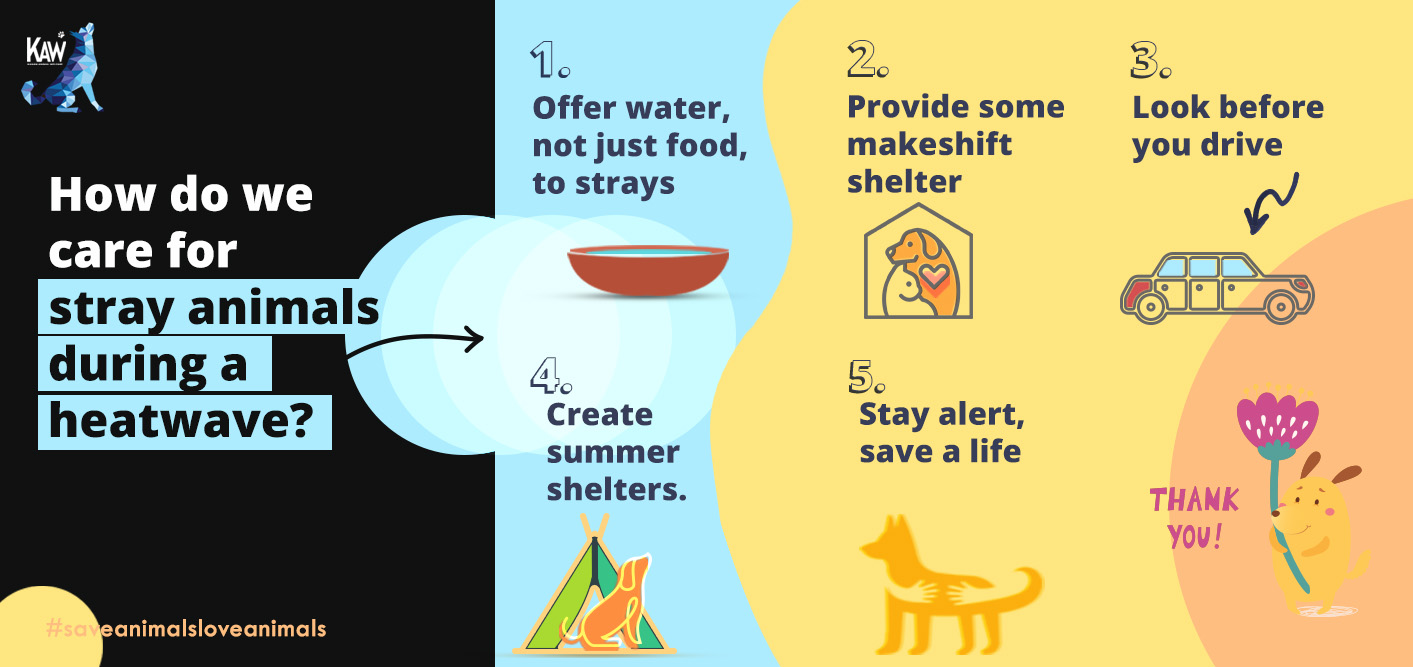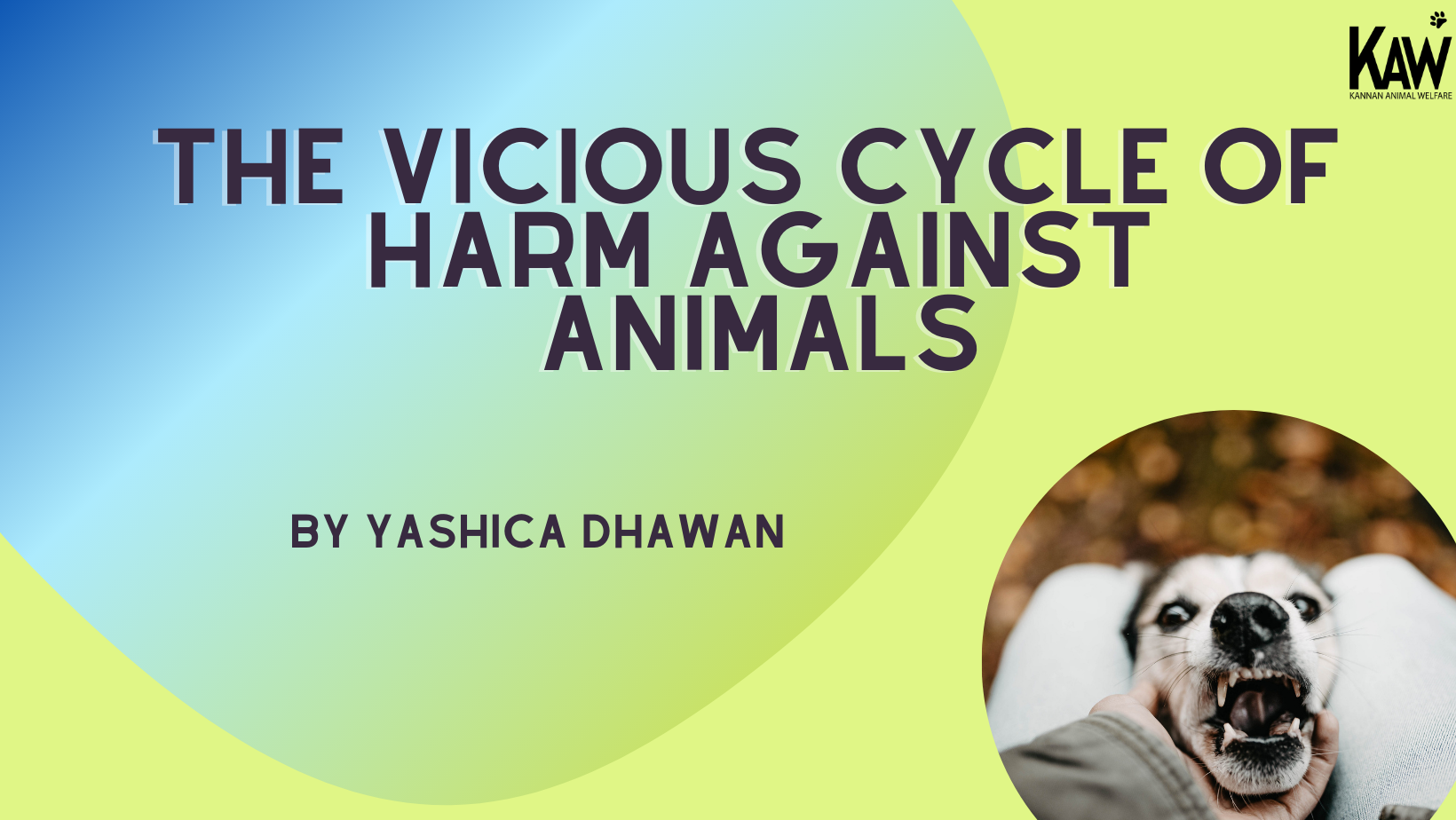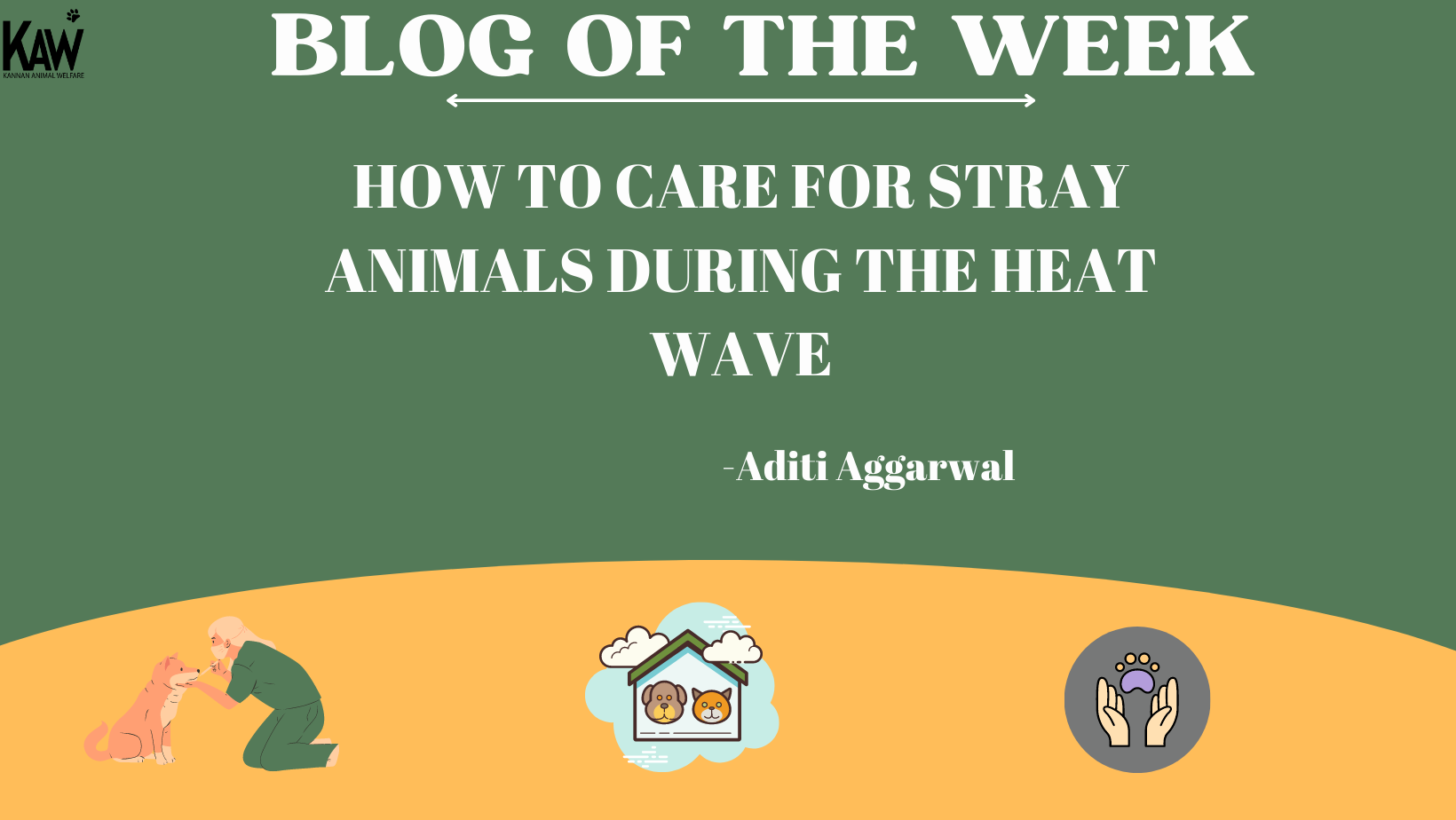Delhi recorded the hottest day in May, in 18 years. The consequences of global warming are being felt strongly, with the summer highs are getting worse each year. People often walk by the stray dogs suffering in the heat, or even their own pets occasionally, because they fail to recognize their suffering. Here we offer some basic guidance, that we hope helps people recognize the signs of heatstroke in your dog, along with tips on how to care for the community animals around you when there is a heatwave.
Offer water, not just food, to strays
It is best to use terracotta bowls for drinking water as they remain cooler than others, and you could also add a cold stone in it to keep it cooler for longer. Make sure you regularly clean and change the water to avoid waterborne infections. Always avoid adding extremely chilled water. Many people feed dry foods to strays for their conveniences like plain chapatis or biscuits because it is more affordable than dog food. It would be best to offer water along when such foods are given to avoid dehydration.
Provide makeshift shelter
If your home has a driveway or a porch then these can be ideal locations to let a dog or two take temporary shelter from the heat. You can keep a water bowl out and replace it once in 24 hours so you don’t have to worry about refilling it often. Keep the bowl clean by rinsing it as often as possible. Note that if you also have a pet it is advisable to use separate bowls to give food or water to strays.
If you live in an apartment building or complex, get relevant permissions from your RWA society to allot a certain space, if not for adult animals, at least for young ones who might be abandoned by their mothers or be isolated in general and vulnerable to succumb to the heat. Convince them to let you build a small shelter outside the main gate if they object to getting them inside the society.
If they are not understanding towards stray animals, take a step to try and talk to your society’s decision-making body and inform them about relevant laws that prohibit relocating strays from their claimed territory so they are not displaced or taken away.
Look before you drive
If you usually park in a spot with a lot of strays around, try and make it a point to check under your vehicle before beginning your drive. In addition, when you’re parking or pulling out from a spot, do your best to check your side view and rearview mirrors to ensure there are no animals around that could get injured.
Dogs and cats are often under cars to get shade. They frequently fall asleep under cars, as they get lethargic due to heat. While some of them may know the sound of a car’s ignition being turned on, others may not recognize it or may be in deep sleep.
Many animal lives could be saved if people take a few extra seconds to be careful when driving. In this lockdown especially, people are speeding because of the lack of traffic. At the same time, strays are in the middle of the road more often than before because of the absence of traffic. Together, this is a bad combination and has led to a rise in the amount of accidents due to vehicles.
Create summer shelters
While shelters made for stray dogs in winters are built to trap heat, shelters built in the summer should prioritize keeping the animals cool.
Use a grass mat as the lining and floor of the shed, and use materials like cardboard and cloth for the walls of the shelter. Ensure that your shelter is placed in a cool spot and is spacious so that it doesn’t trap heat. You can also add damp towels and sheets to cool them down during the afternoon hours.
Stay alert, save a life
Report cases! There are several Facebook/Instagram pages of organizations working in animal welfare that could easily provide you contacts for ambulances, vets, and in some cases paravets. Please do not ignore a suffering animal. We have written an article on First Aid that you can refer to. Remember that the steps you take can save their lives.
Additionally, while many individuals/organizations are happy to help, please understand that all of them are already overburdened. Remember that simply making one call or dropping one message will not suffice. If you get a positive response from an organization, wait until they can reach the spot, and try and provide some financial support that allows them to care for more animals. Lack of funds is already a looming problem in the animal welfare space.
How can I identify a dog suffering from heatstroke?
The signs of a heat stroke in dogs:
Panting- panting is how dogs regulate their body temperature in general, so in hot weather, it is perfectly normal for dogs to pant, but if you feel that it seems excessive or too fast, it might be worth taking a video that can be shown to a vet or to someone more experienced.
- Dry nose -A wet nose is usually a good indicator of a healthy dog, so a dry nose can be the first clue that a dog is not feeling too good.
- Drooling -There are some situations where it is normal for a dog to drool, but if it does not seem to be a particular stimulus for drooling that you can identify then you should investigate further. Some dogs drool when they’re nauseous, and nausea can often be accompanied by dizziness, which is another effect of excessive heat in the environment on dogs.
- Lethargy -Although the summer season causes dogs to be lethargic, if it appears to be severe, for an otherwise active dog, to not move around as much, or even seem dizzy or wonky when walking, then it is worth taking note of.
- Elevated pulse -If you feel comfortable touching or handling the dog, you can feel their pulse either on the chest behind the left front leg, or the inside of a hind leg (if the dog lets you). You can look this up to understand where to place your hand better if you’re feeling unsure. But keep in mind that dogs that are smaller in size have a faster heart rate than bigger ones, so try to take that into account when determining if there is a cause of concern.






